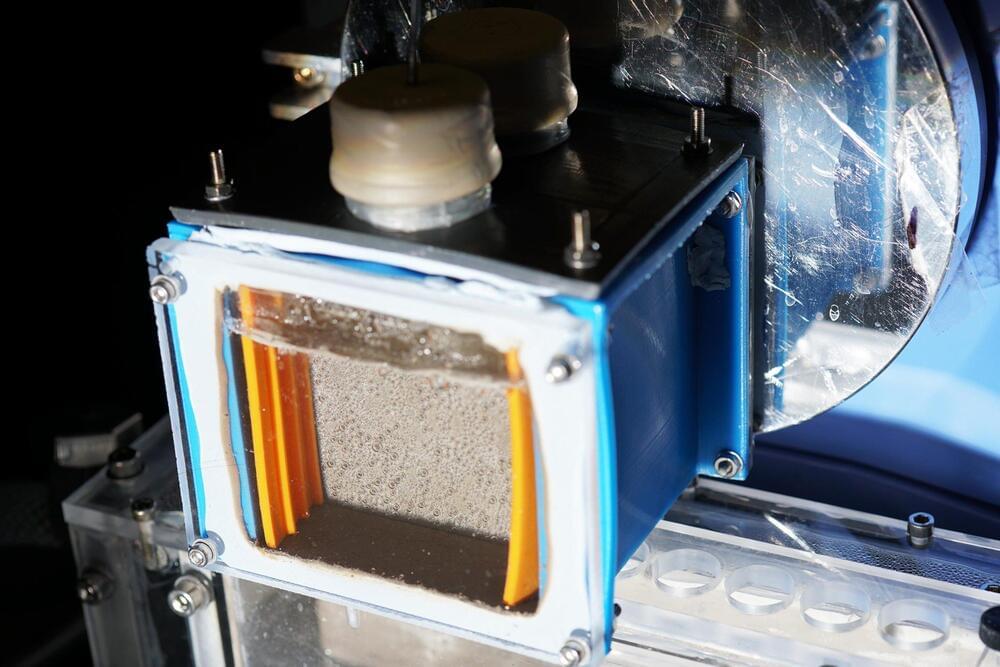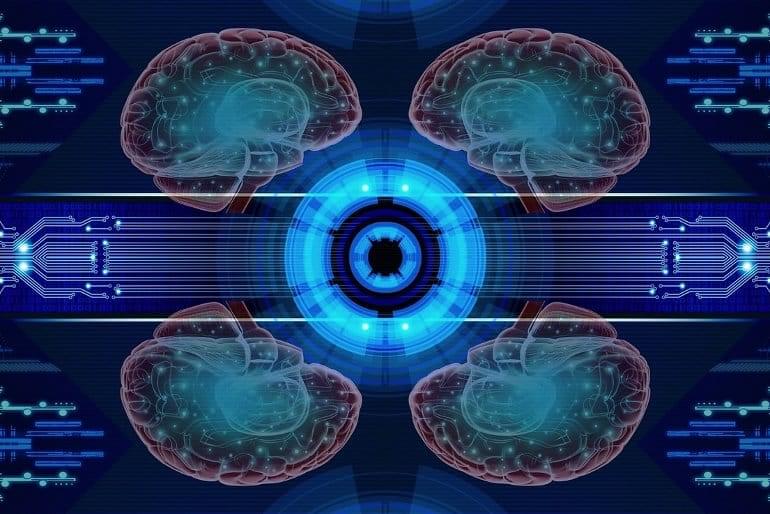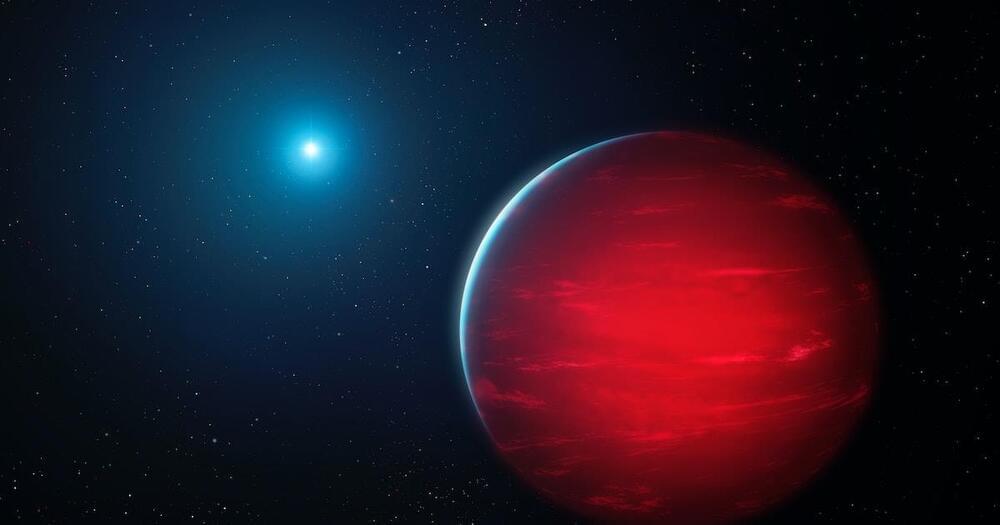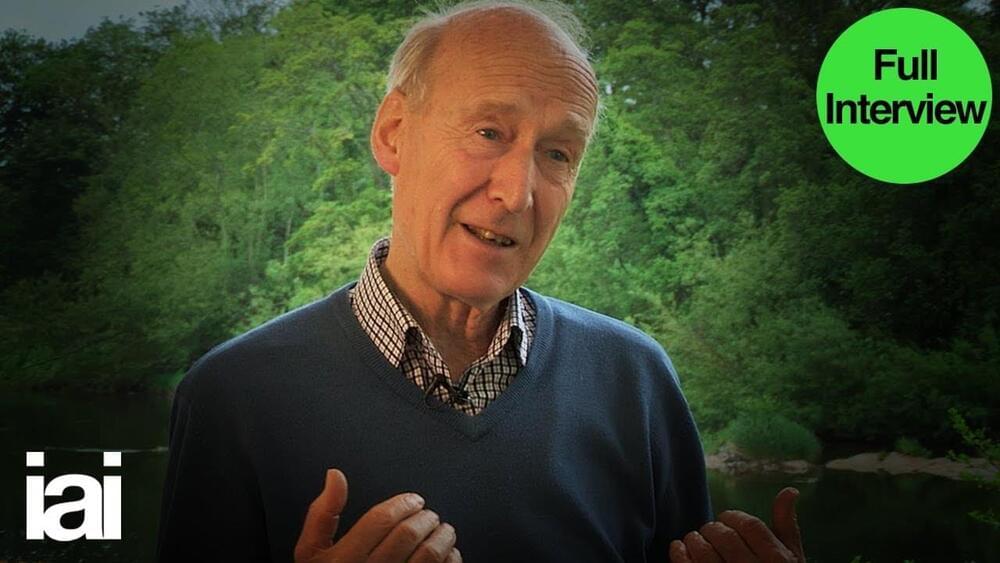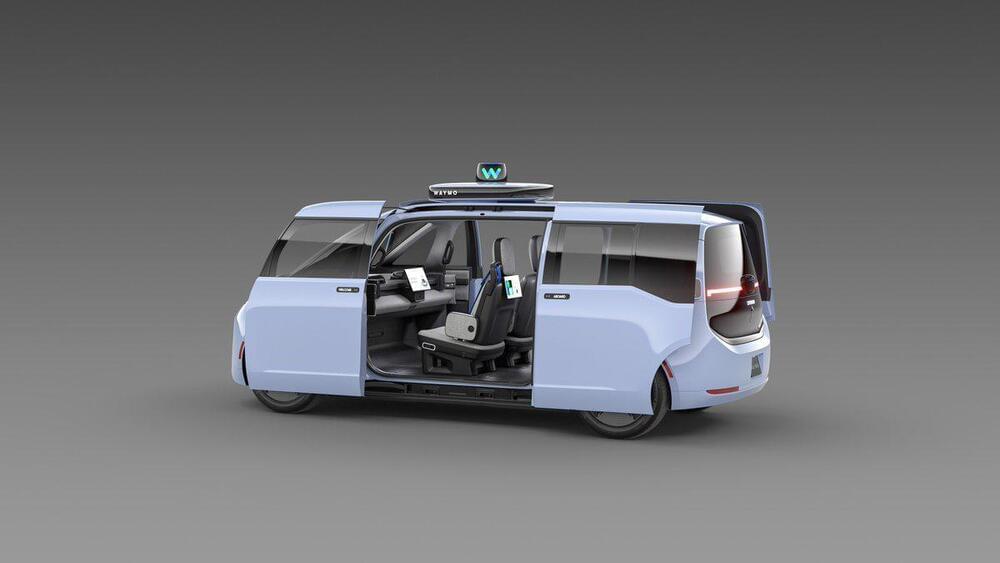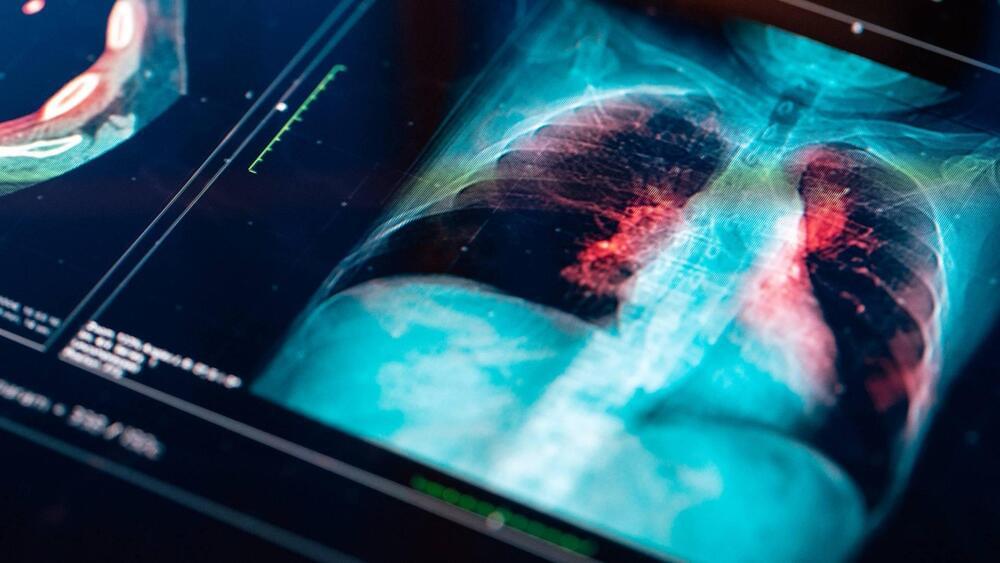Nov 19, 2022
Algae-filled panels could generate oxygen and electricity while absorbing CO2
Posted by Quinn Sena in categories: electronics, sustainability
Greenfluidics, a Mexico-based startup, promises newer, greener bio panels that can provide fresh oxygen and considerably bring down your power consumption while also delivering biomass-based fuel to you, New Atlas has reported.
With the world trying to reduce carbon emissions, algae have taken quite the center stage in capturing the carbon dioxide being released. From using algal blooms as large carbon capture sites to even powering electronic devices using algae, researchers are trying to use these green organisms everywhere.

